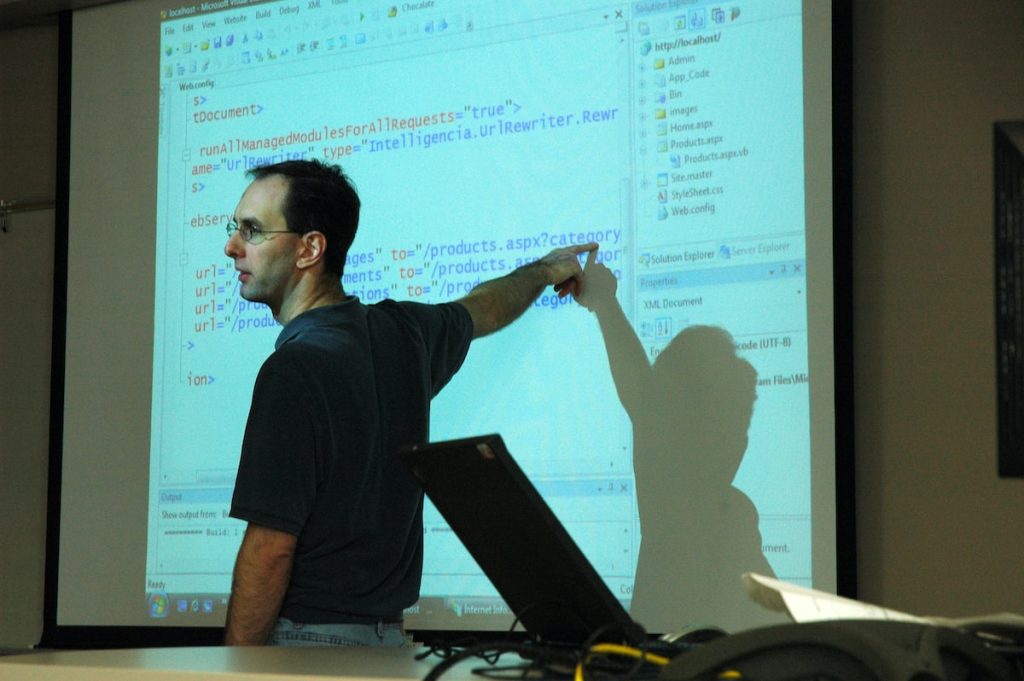Schools and teachers have long been struggling to keep up with the rapidly changing landscape of education. With the advent of new technologies, the way students learn and the way teachers teach is changing. Keep reading to learn more about the changing landscape of education and the impact of technology.
Hiring

Hiring teachers used to be a much longer, more tedious process that was limited to teachers in a small area. Today, technology and the internet have made hiring easier than ever before, and all employers need to do now is post an education job online and dozens or even hundreds of qualified applicants from all over the country will be able to find the listing and apply with just a few clicks. By posting a job opening on an online job board, schools can get resumes from a large number of qualified teachers in a short amount of time. Employers can have the system automatically filter out applications that do not meet certain criteria and quickly scan the resumes for other candidates. This ensures that schools can find and hire the best teachers for the job.
Teaching

In the early days of technology in the classroom, it was mostly used for administrative tasks such as taking attendance, grading papers, and making copies. However, as technology has evolved, so too has its use in the classroom. Now, teachers are using technology to enhance their teaching methods and to help students learn in new and innovative ways.
One way that technology is being used to improve teaching methods is through the use of online learning tools. These tools allow students to learn at their own pace and in their own way. They can also provide teachers with feedback on how well students are understanding the material. Another way that technology is being used to improve teaching methods is through the use of digital textbooks. These textbooks allow students to access the material online, and they can also take notes and highlight text directly in the book. This can help students to better understand the material and remember the information.
Additionally, technology can be used to help students learn through hands-on activities. For example, teachers can use technology to create simulations or games that allow students to apply what they have learned in a fun and interactive way. Technology can also be used to help students learn more about the world around them. For example, teachers can use digital maps to help students learn about different countries and cultures.
One of the biggest benefits of using technology in higher education is that it allows professors to engage students in a variety of ways. For example, professors can post lectures online for students to watch prior to class, which allows them to ask questions and participate in discussions more effectively. Additionally, professors can use social media platforms like Twitter or Facebook to have informal conversations with their students outside of class. By using technology in this way, professors are able to cater lessons specifically to each individual student’s needs while also providing opportunities for engaging discussion.
Learning
With the invention of laptops, tablets, and smartphones, students are able to access information and complete assignments anywhere at any time. This has led to a change in how students learn. For example, if a student misses a lecture or does not understand something covered during class, they can easily find supplemental information online or watch a video tutorial on YouTube. Additionally, many colleges now offer free course materials online, which allows students who cannot afford textbooks or other course materials to still have access to everything they need for their classes. This increased access to information helps improve student achievement as well as their overall understanding of the material being taught. In addition, online learning has become more popular, providing students with the opportunity to take courses from anywhere in the world.
In light of these changes, it is evident that technology is having a profound impact on education both inside and outside the classroom. As our world becomes increasingly digitized, it is important for educators to keep up with the latest trends in order to ensure that students are getting the most effective education possible.